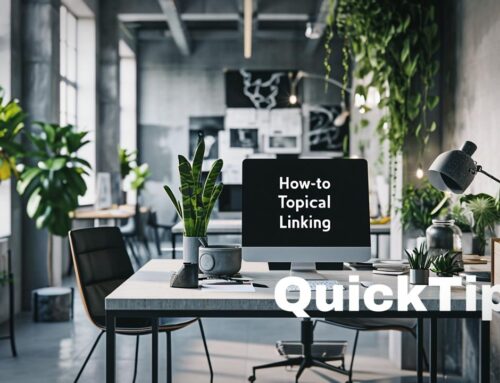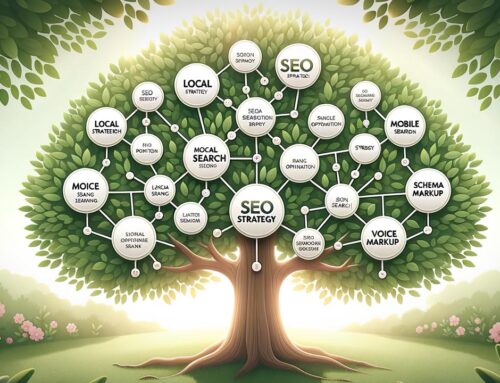Understanding bounce rate and learning how to optimize it can significantly improve your website’s user experience and conversion rates. This comprehensive guide will explain the concept of bounce, why it’s important, and provide actionable tips to help you achieve a good rate.
Understanding Bounce Rate
Definition
- Bounce rate is the percentage of single-page sessions on your website, where users leave without interacting further or visiting other pages.
- It is calculated by dividing the number of single-page visits by the total number of visits to your website.
Importance
- User engagement metric
- A high rate may indicate that your content is not engaging or relevant to users
- An exceptionally low rate may suggest issues with tracking or website performance
- Affects search engine rankings
- Search engines use rate as a factor when determining a website’s relevance and quality
- A high rate may negatively impact your search rankings
How to Achieve a Good Bounce Rate
Improve Content Quality and Relevance
- Create valuable, engaging content
- Ensure your content effectively addresses user intent and provides helpful information
- Use headings, bullet points, and images to make your content easy to read and understand
- Optimize content for target keywords
- Include relevant keywords in your titles, headings, and content
- Avoid keyword stuffing and focus on providing value to the user
Enhance Website User Experience
- Improve website load time
- Optimize images, use caching, and minify code to speed up page loading times
- Use tools like Google PageSpeed Insights or GTmetrix to analyze and improve website performance
- Ensure mobile-friendliness
- Design your website with a responsive layout that adapts to various screen sizes
- Test your website on different devices and browsers to ensure a consistent user experience
Optimize Website Navigation and Layout
- Simplify website navigation
- Organize your website’s menu and structure to help users easily find the information they need
- Include a search bar for users to quickly locate specific content
- Use clear calls to action (CTAs)
- Encourage users to interact with your website by including clear, compelling CTAs
- Place CTAs strategically throughout your content to guide users towards desired actions
Implement Internal Linking
- Add relevant internal links
- Encourage users to explore related content by linking to other pages on your website
- Use descriptive anchor text that accurately reflects the linked content
- Balance internal and external links
- Use a mix of internal and external links to provide additional value and resources for users
- Ensure external links open in a new tab to keep users on your website
Monitoring and Analyzing Bounce Rate
- Use Google Analytics
- Track the rate for individual pages and your website as a whole
- Analyze the rate data to identify patterns, trends, or problem areas
- Consider industry benchmarks
- Compare your bounce rate to industry averages to gauge your website’s performance
- Remember that rates can vary widely depending on the type of website and content
- Test and optimize
- Regularly test different elements of your website to identify areas for improvement
- Use A/B testing or user feedback to refine your content, layout, and user experience
Wrapping up
By understanding what bounce rate is and implementing the strategies outlined in this guide, you can improve your website’s user experience, increase engagement, and potentially boost your search engine rankings. Remember to monitor and analyze your rate data to continually optimize your website and achieve a good bounce rate.










